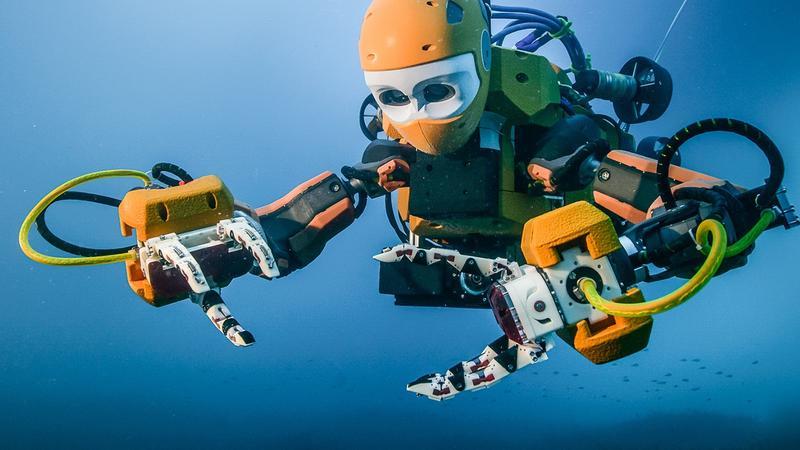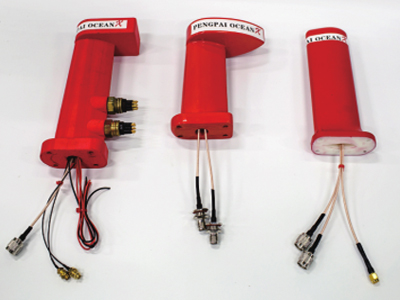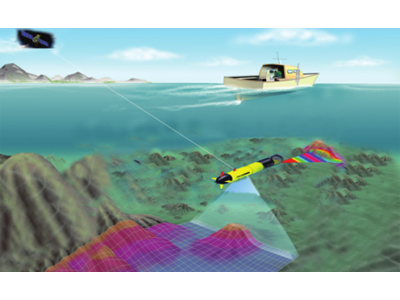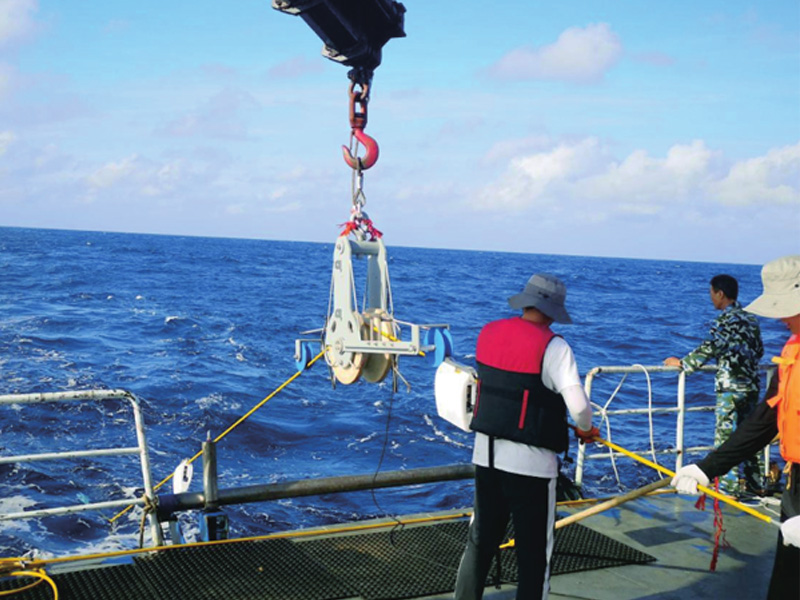In recent years, the UAV market has gone from hot to quiet, and "black flying" has been banned. The recent introduction of UAV management measures has made the UAV market more and more standardized. However, only logistics companies such as JD Logistics, New Star Alliance and Shunfeng have entered the UAV market, and UAVs will inevitably encounter "traffic jam" in the air. Compared with the noisy scene in the sky, underwater is very mysterious and peaceful. However, at present, players have noticed the huge business opportunities hidden under the water, and they are launching an underwater robot competition.

At first, underwater robots were used in military, scientific research and other fields. In recent years, underwater robots have begun to rise in consumer markets such as fishery environment detection and diving entertainment. However, compared with UAVs, they are more mature in technology and products and have been accepted by the consumer market. Compared with unmanned aerial vehicles, underwater robots need to be developed in technology and product form, and the product price is also more expensive. From the perspective of market structure, there are not many participants in the domestic underwater robot market, with less than 10 relatively excellent participants. No giant can lead the market, and the market is still in its infancy
According to the recent announcement of market research company IDC, the global robot and UAV market will reach 103.1 billion US dollars in 2018, an increase of 22.1% over 2017. It can be said that the robot market will be very hot this year, and there will be more opportunities for underwater robots as a new application scenario in the robot industry. But where is the gold digger of the underwater robot? How do they get a share of the US $103.1 billion market?
















